
Dimly Lit cell in a Benedictine Monastery.
[caption id="TheVenerableBedeatJarrow_Feature" align="aligncenter" width="1024"]
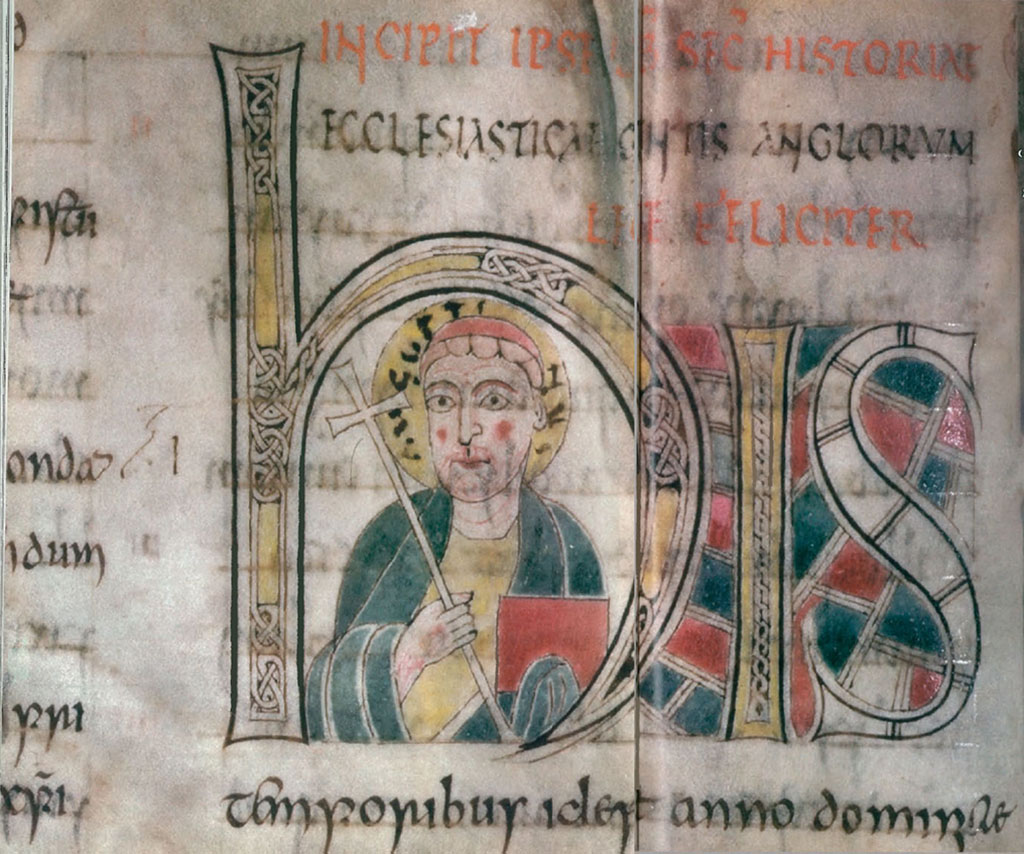
Along the narrow coastal plain of Hortbumbria , the Ricer Cyne uwinqs from Newcastle towards the North Sea, lined with oil tanks, beauy equipment, and the relics of the Cyne’s industrial importance. The scene is not picturesque. It’s bard to imagine that just over the crest of the riverbank lie the rural remnants of one of one of Europe’s most historic centres of learning, the ancient Saxon monastery of St. Paul’s , Jarrow.
About 1 , 300 years ago, however, under the reign of Northumbria’s sagacious King Aldfrith, this sparsely populated northern monarchy enjoyed a golden age. Jarrow’s most famous resident and the most important figure of this generation of art and learning was a humble monk named Bede. The Venerable Bede was early medieval Europe’s greatest scholar and the first to record the history of the English nation. His reputation alone made this one of the most important historical and religious sites in Europe.
King Ecgrith of Northumbria gave the land at Jarrow to the church in 681. Benedict Biscop, a Northumbrian nobleman, accepted the gift and sent an abbot named Ceolfrith along with 10 monks and 12 novices from St. Peter’s monastery at Wearmouth, 12 miles away, to found the new monastery of St. Paul’s.
[caption id="TheVenerableBedeatJarrow_img1" align="aligncenter" width="94"]

BRITISH HERIAGE COLLECTION
[caption id="TheVenerableBedeatJarrow_img2" align="aligncenter" width="179"]

PRIVATE COLLECTION BRIDGEMAN ART LIBRARY
The 12-year-old Bede was present at the consecration of the new church on 23rd April 685. “I was born on the lands of the monastery,” he later wrote, “and on reaching seven years of age, I was entrusted by my family first to the reverend Abbot Benedict and later to Abbot Ceolfrith for my education. I have spent all the remainder of my life in this monastery and devoted myself entirely to the study of Scriptures.”
In truth, the humble monk’s studies encompassed a wide range of disciplines, including astronomy, classical languages, medicine, and seemingly everything else his imagination and resources would allow. Certainly, Bede’s intellectual range went much further than the Bible itself. While many of his 60 works are biblical commentaries, he also wrote on natural history, science, poetry, and history. It is, in fact, for his monumental Ecclesiastical History of the English People that Bede is best remembered.
The routine of the abbey day seems designed to deaden rather than awaken intellectual curiosity. Celebrating the offices of the canonical day itself was an arduous, time-consuming, and endless cycle. After the first office, sung at 2 am, any rest came in snatches before a general predawn rise to private prayer and manual duty. Daily life was ordered, shoe-horned in between the constant rhythm of the services from prime to lauds. In the midst of this ascetic and repetitive life, however, Bede wrote a prodigious canon of scholarship by any historical standard.
[caption id="TheVenerableBedeatJarrow_img3" align="aligncenter" width="790"]
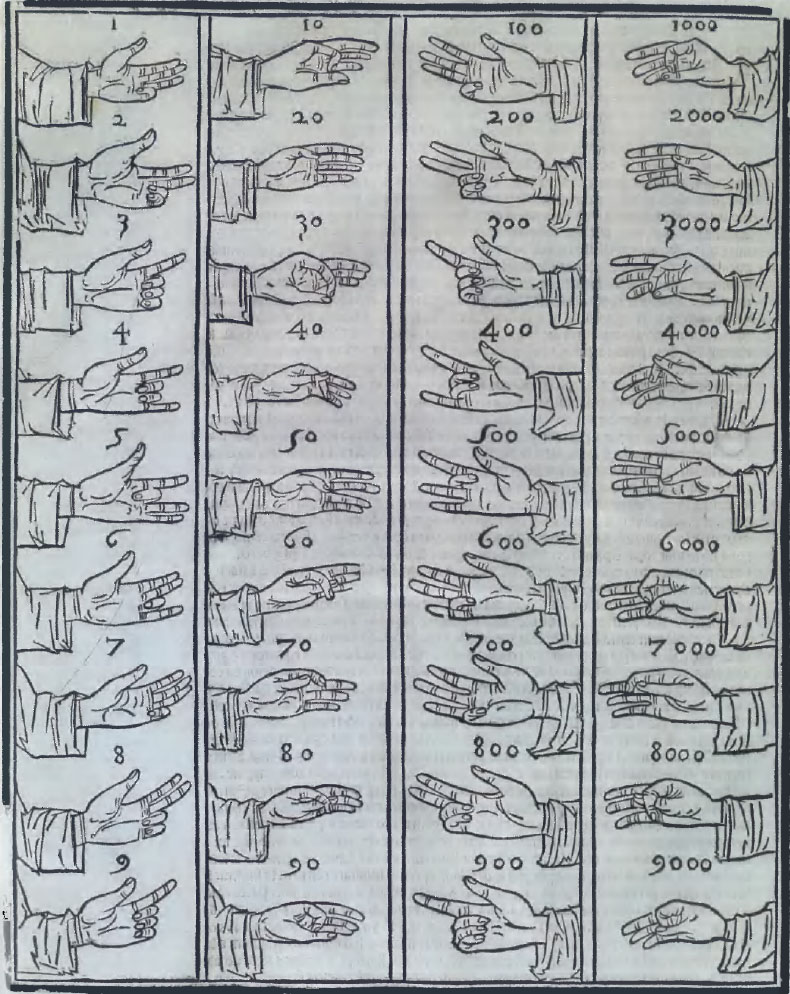
© ARALDO DE LUCACORBS
[caption id="TheVenerableBedeatJarrow_img4" align="aligncenter" width="500"]
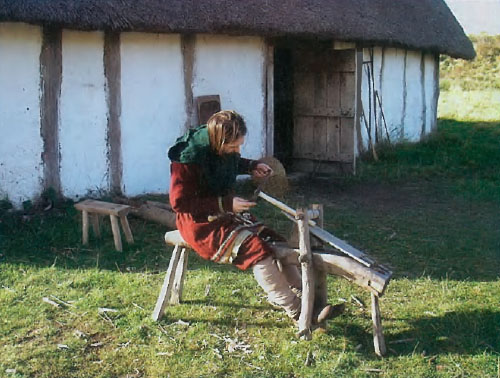
A re-creation of medieval life at Bede’s World.
Bede’s World and Gyrwe is at Jarrow, on the south bank of the River Tyne, and is signposted from the A I 9 and the A194 coming into Jarrow from the south or through the Tyne Tunnel. From Gateshead, take Park Road east, the A184. Train access is through Newcastle, where local Metro service takes you to Jarrow Metro Station. Bede’s World is a five-minute bus or taxi ride from the station.
The English Heritage property is open Nov-Mar, Tues-Sat, 10 am-4.30 pm and Sun, noon-4.30 pm; Apr-Oct, Tues-Sat, 10 am-5.30 pm and Sun, noon-5.30 pm. Admission: adults £4.50, seniors and children £2.50, families £6. Tel: 0191 489 2106. Email: visitor. [email protected]. Web: www.bedesworld.co.uk
Nearby: There is nowhere to stay overnight in Jarrow, but Newcastle has every kind of accommodation, always accessible at the last minute from the Tourist Information Centre. This is a vibrant, culturally unique city, often overlooked, and well worth a visit. You might continue on north to Alnwick and explore the castles of Northumbria. Or head south to Durham and pay homage to Bede’s bones in majestic Durham Cathedral. Tel: 0191 386 4266. Web: www.durhamcathedral.co.uk.
[caption id="TheVenerableBedeatJarrow_img5" align="aligncenter" width="209"]
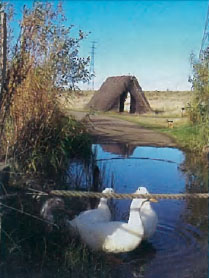
Power lines form an anachronistic addition to Gyrwe Farm’s medieval ambience
[caption id="TheVenerableBedeatJarrow_img6" align="aligncenter" width="248"]
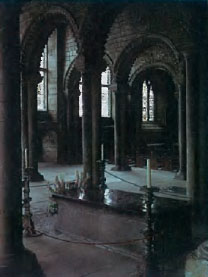
Bede’s tomb in Durham Cathedral.
I T IS IMPOSSIBLE TO APPRECIATE THE SCOPE of Bede’s effort J) without recalling the conditions under which he wrote, working with hand-sharpened tools on coarse surfaces, minimal artificial light, and communication no faster than a horse on uneven ground. Services of worship that marked his priestly vocation regularly interrupted his attention, and for months at a time the Northumbrian climate was damp, chilly, and dark. Pen and paper, light and warmth would have been to Bede luxuries beyond imagination.
Exactly how Bede came to be called “Venerable” remains obscured by the passage of time. The popular account suggests that a monk, inscribing in stone upon his tomb, chiseled “Here in this grave lie Bede’s bones” and left the job incomplete when he quit for the day. The next morning, he discovered that an angel had added the word “Venerable’.” Whatever its origin, the epithet has been regularly coupled with his name.
While many of Bede’s works have become relics of intellectual history, of course, his Ecclesiastical History of the English People remains singularly important. Beginning with Julius Caesar’s invasion of Britain, Bede’s narrative spans almost 800 years of history, encompassing political, military, and social life as well as the coming of Christianity and the rise of the early church. His account is a primary source of information on such events as the martyrdom of St. Alban, the coming’of the Saxons, St. Augustine’s arrival in Canterbury, and the Synod of Whitby.
The Venerable Bede never travelled farther than the city of York. He never met a Pope or world leader. He never saw a library better than his own. Bede died in his cell at Jarrow in 735, at the age of 63. He was buried in the church, but in the 11th century a cleric from Durham stole his bones and placed them with those of St. Cuthbert. His remains now rest in the Galilee Chapel at Durham Cathedral.
Within a hundred years of Bede’s death, his book was known all over Europe. The Ecclesiastical History formed the basis of the Anglo-Saxon Chronicles, compiled in the late 9th century, and popularized the BC/AD dating system, the nowcommon measure of time based on the birth of Christ.
THE MONASTERY ITSELF DID NOT FAIR AS WELL. In 794, Viking raiders pillaged the coastal monasteries of Northumbria. Fire destroyed the Saxon buildings, and by the middle of the 9th century, the Jarrow community was abandoned. Bede’s legacy was not forgotten, however, and inspired the foundation’s rebirth in 1074. Its historic importance may have made it one of the first monasteries suppressed at the Reformation, and since 1536 St. Paul’s has been a parish church.
The remains of the monastery’s domestic buildings, dating mostly from the 11th century, still surround the church. The original Saxon basilica serves as the chancel of the present parish church. Its 7th-century foundations are still visible in the main aisle. Much of its dressed stone came from abandoned Roman buildings, perhaps even Hadrian’s Wall. One of three splayed windows contains Saxon glass made in monastic workshops, the oldest glass in Western Europe. An ancient chair in the chancel, presumed to have been the master’s chair from the medieval cell, has long been known as “Bede’s Chair.”
English Heritage has recognized the importance of both the site and the work of Bede. Just a few hundred yards across the neat park, they have created Bede’s World. The modern complex seems an unlikely departure for English Heritage, but then again, little of Bede’s original world remains visible, and there is nothing to conserve.
[caption id="TheVenerableBedeatJarrow_img7" align="aligncenter" width="248"]
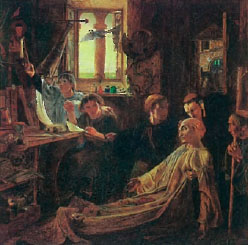
The new interpretive centre, with its paved courtyard and atrium, offers exhibitions and displays of Bede’s life, the f monastery at Jarrow, and early Northumbrian history. Bede’s World also incorporates a late-Georgian manor, Jarrow Hall, now a restaurant and temporary exhibition site, as well as an herb garden laid out in a traditional monastic plan.
Along the banks of the Tyne, English Heritage is developing Gyrwe, an Anglo-Saxon farm recreated to demonstrate life outside th’e 8th-century monastery. Replica buildings, rare animal breeds, and ancient grain and vegetable crops are all part of the maturing farmstead.
If Bede might recognize the Gyrwe farm, he certainly would recognize nothing else of modern Jarrow. The industrial age turned the sleepy village into a suburban morass of roundabouts and housing estates. Getting there requires threading through Gateshead and the Newcastle southern suburbs, or jumping off the A19 just south of the Tyne Tunnel.
In THE MIDST OF THIS MODERN CONFUSION, though, a visit to St. Paul’s, Jarrow, and Bede’s World is a worthwhile exercise. It’s quiet here—an oasis in the desert din of modern life. One can almost imagine the studious monk labouring away over hismanuscript under the light of grey Northumbrian skies.
Dana Huntley is the president of Lord Addison Travel, as well as an author, professor, and churchman. Dana holds a doctorate in British literature from Drew University.





Comments